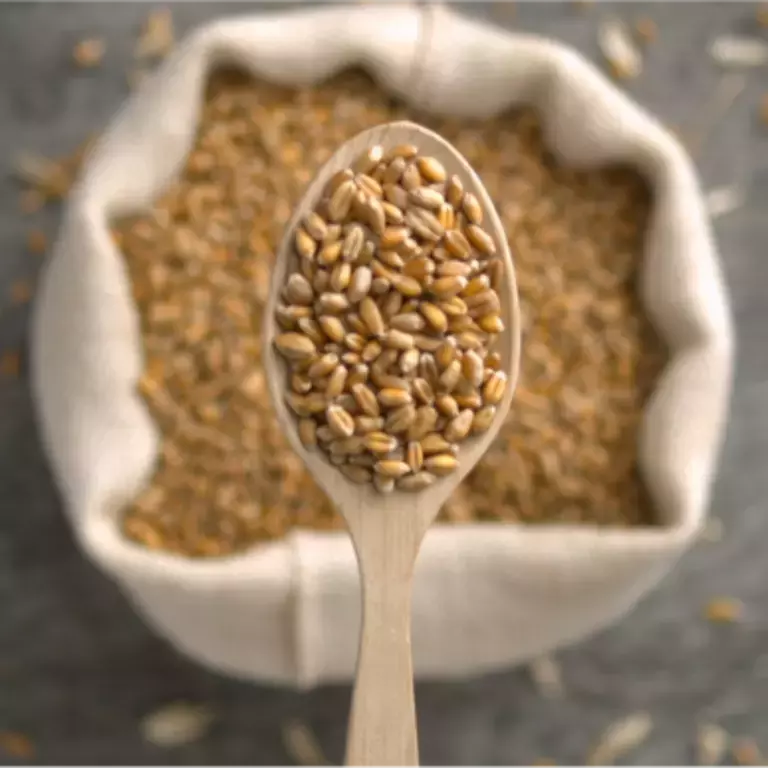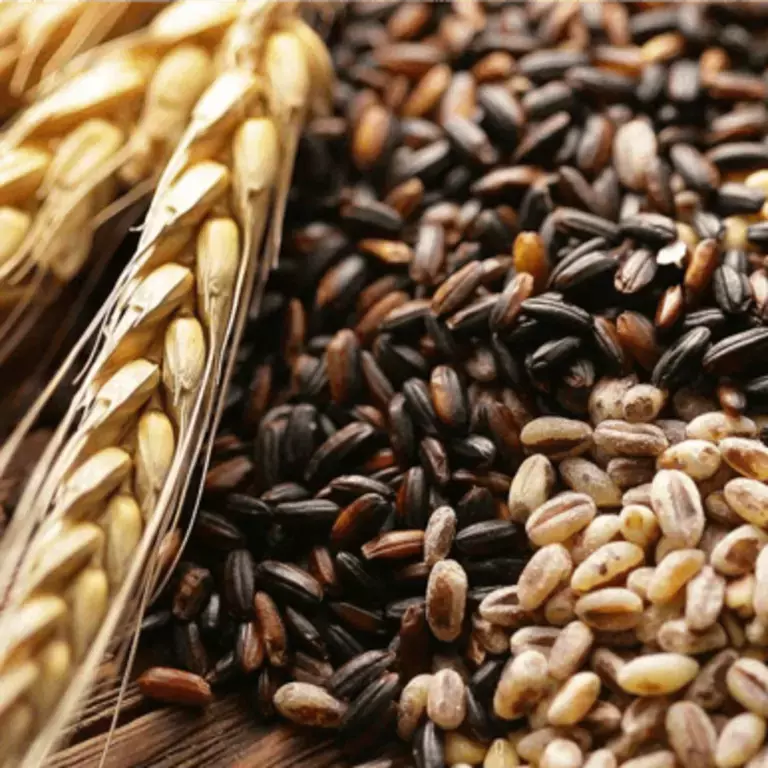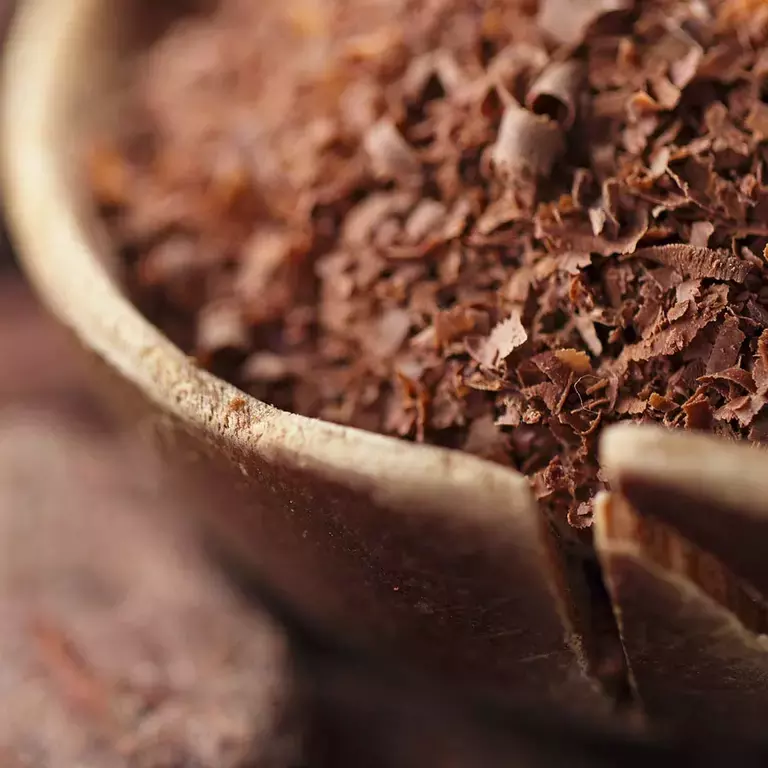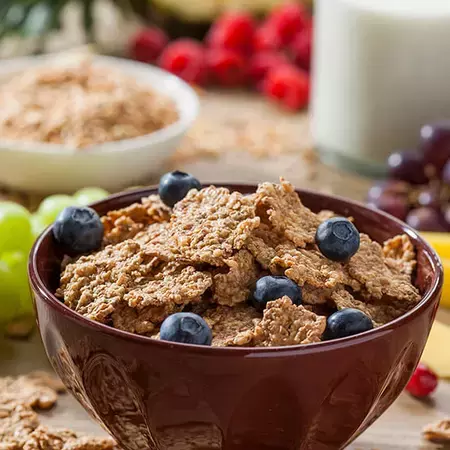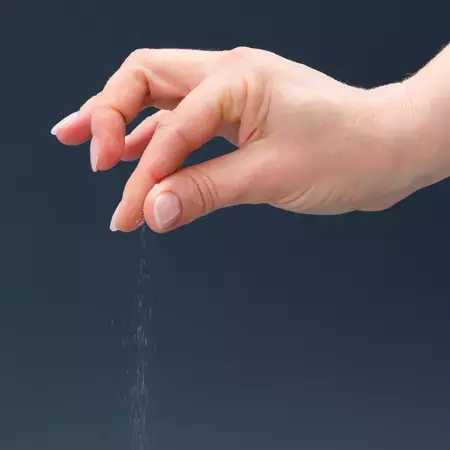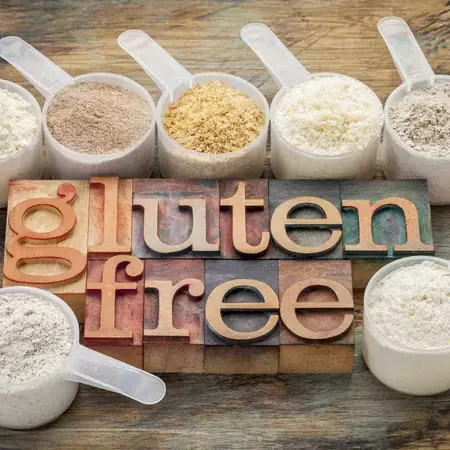We’re always looking to improve on what we make so when you said more whole grain and less sugar, we listened and worked hard to improve, including making whole grain our main ingredient across the Nestlé Breakfast Cereals Portfolio. Your voice is leading the way to make breakfast better every day and helping us to provide a more nutritious breakfast option. Please keep talking to us, we’ll keep listening and together we can make the best breakfasts for all of us to enjoy. Thanks to everyone for their suggestions, we look forward to hearing more from you in the future.
Find out more on this site…

